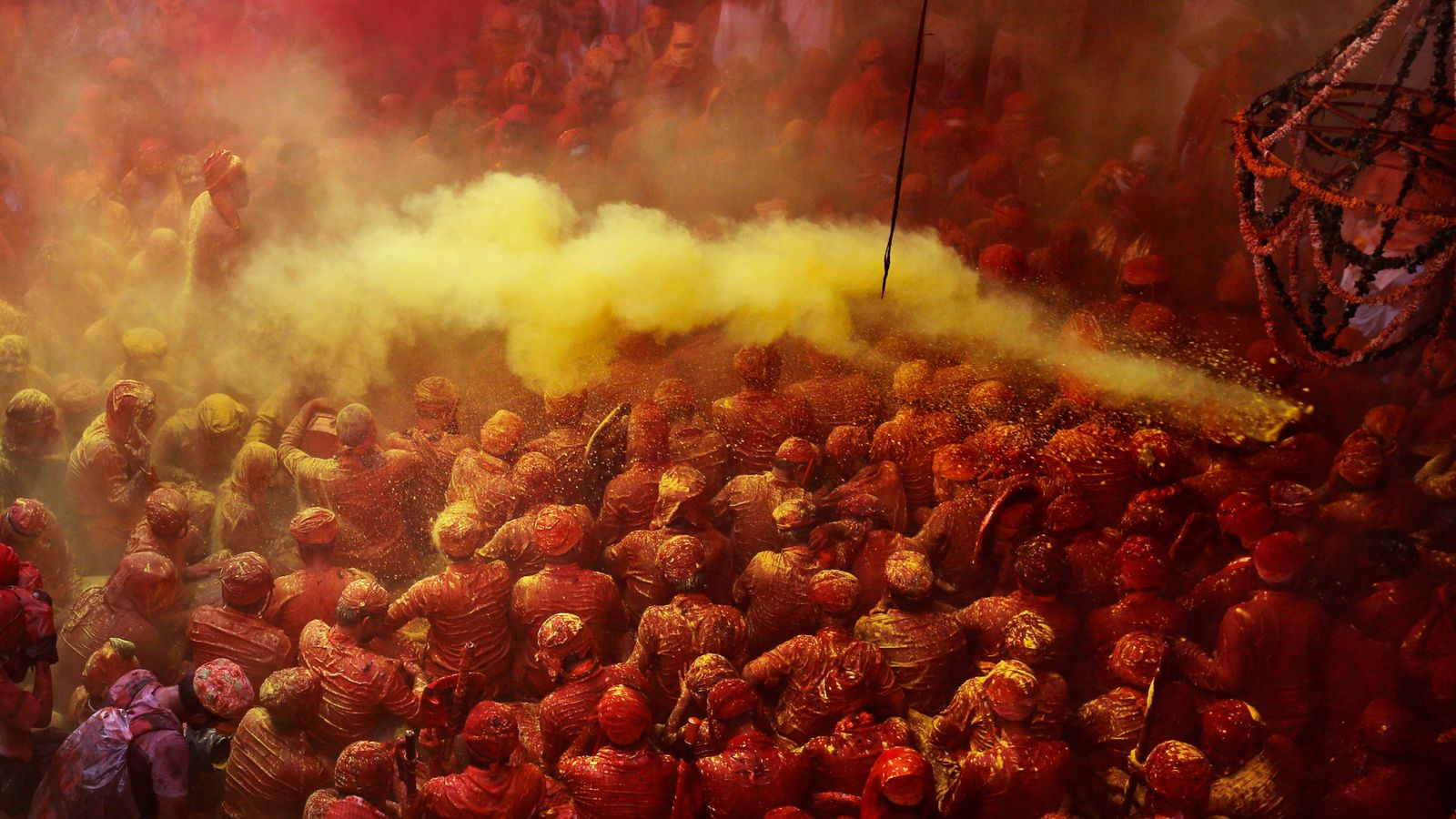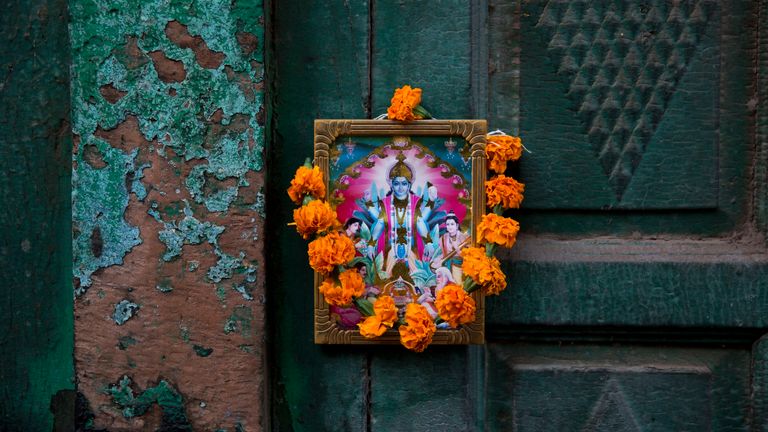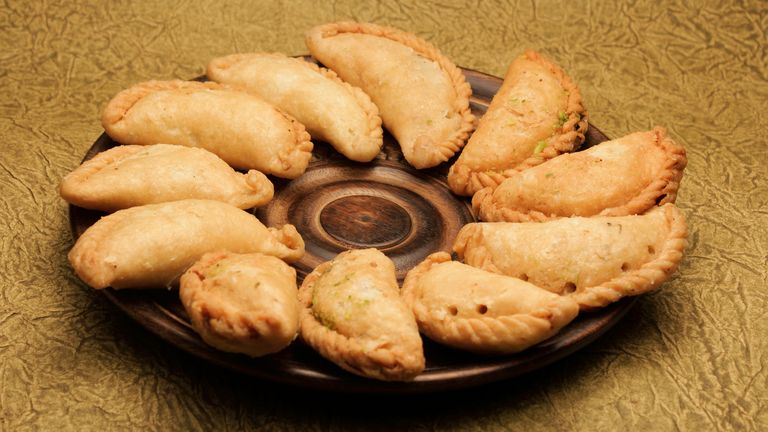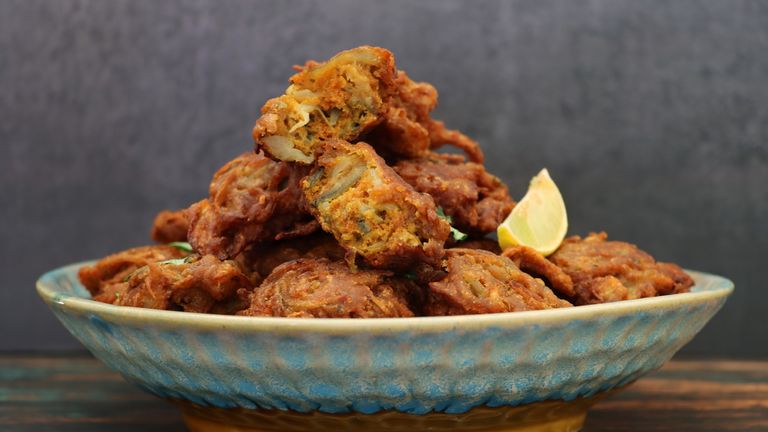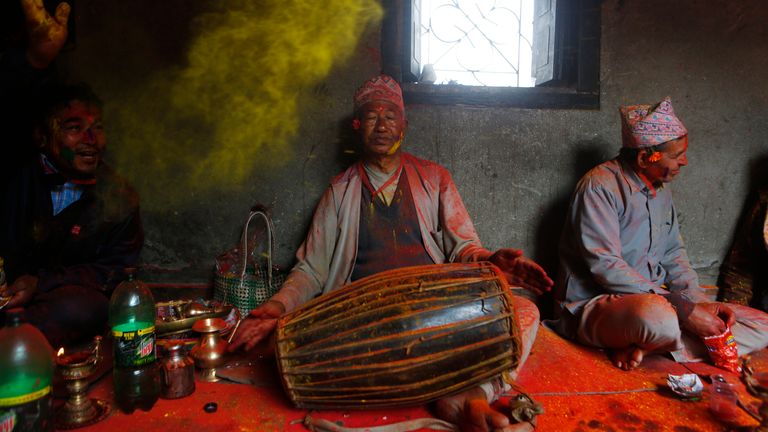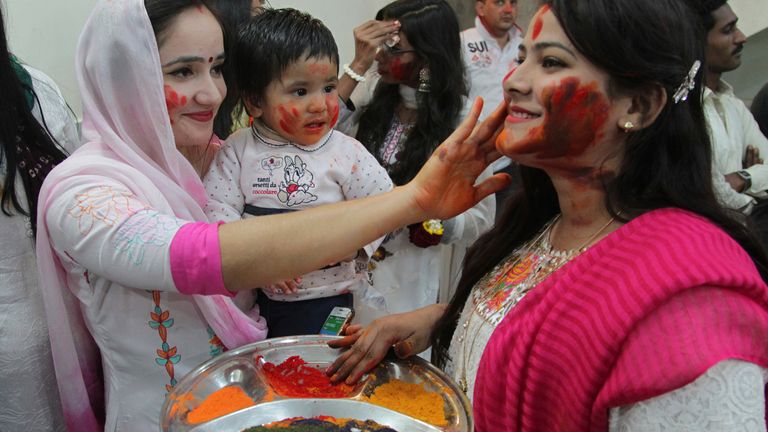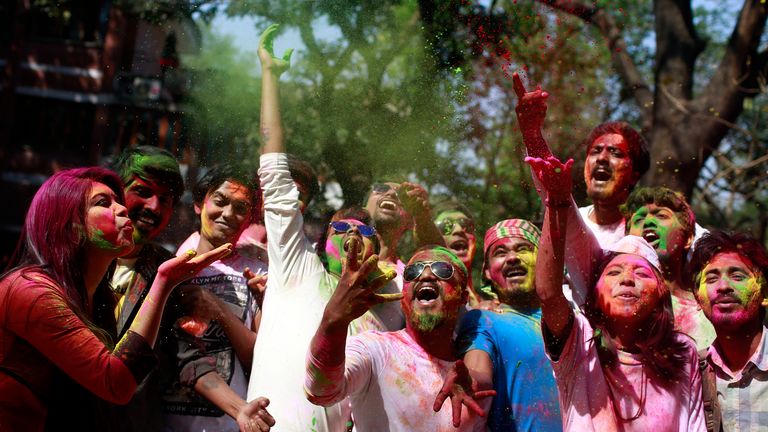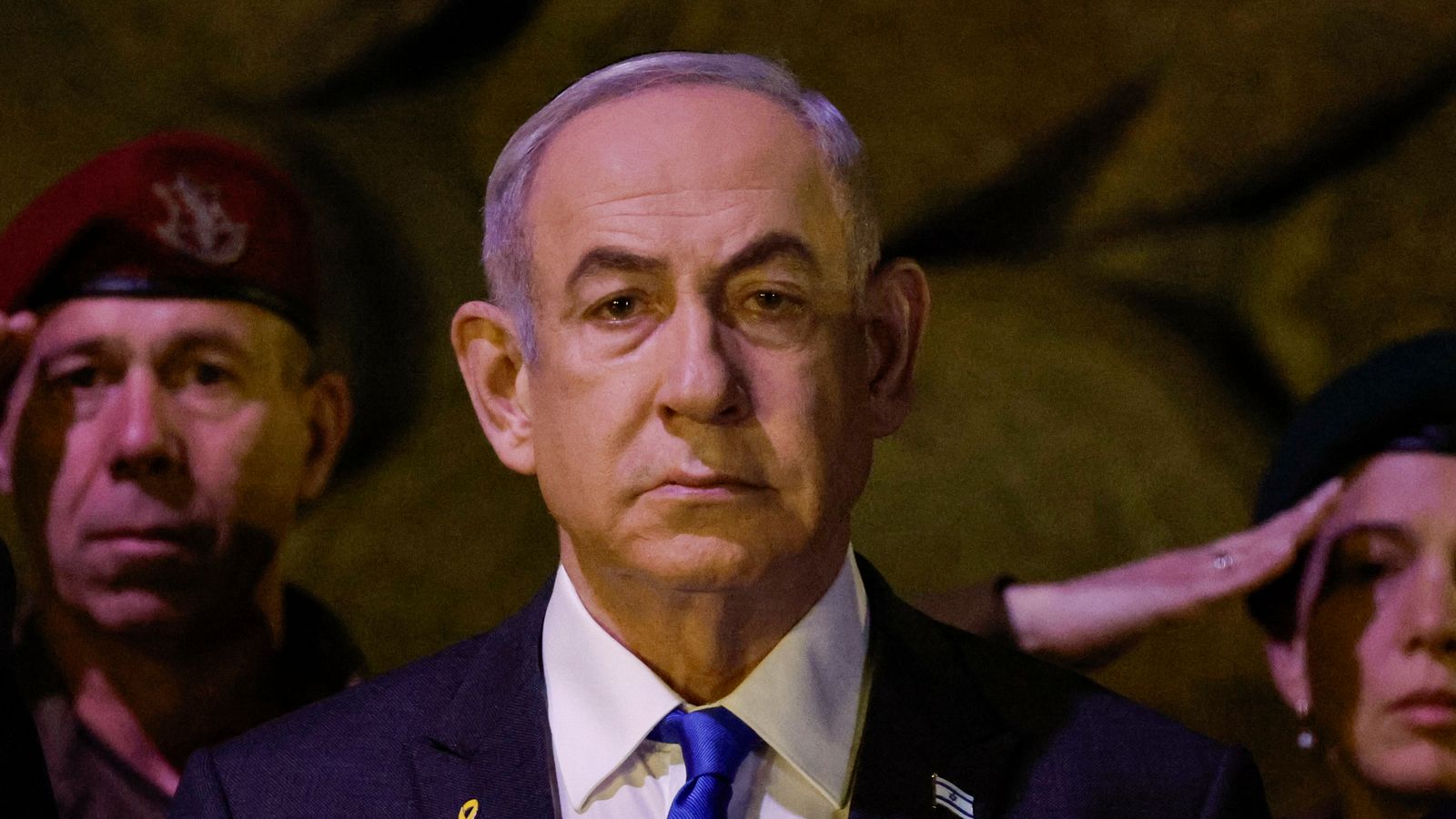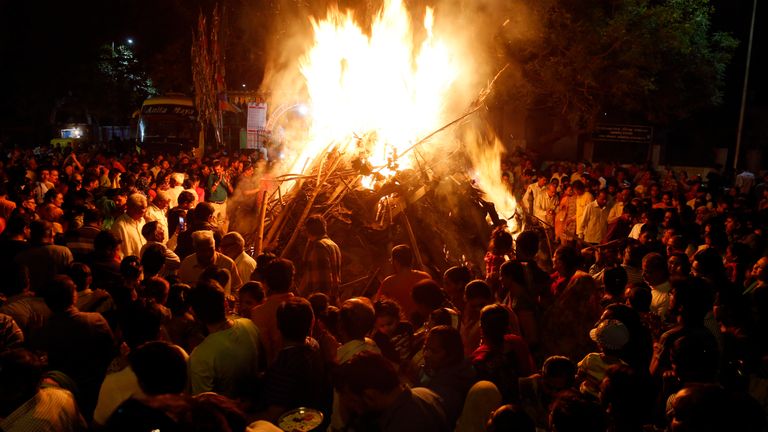
The Hindu festival of Holi is back for another year of colours, food fun and celebrations.
Marking the coming of spring and the end of winter, the annual festival will be celebrated on Wednesday 8 March this year.
Also known as the “festival of love”, “festival of spring” and the “festival of colours,” Holi is celebrated in many South Asian communities, including India, Pakistan, Nepal and across the world.
The celebrations are often separated into two days, known as Jalanewali Holi and Rangwali Holi.
Typically, Jalanewali Holi is the day when friends and family gather after sunset to light a bonfire and sometimes throw grains, popcorn and chickpeas into the fire during rituals.
Rangwali Holi is the second day of the festival and celebrates the beginning of spring, in which people come together to play with coloured powder and water.
The story of Holi
The ancient festival also welcomes the triumph of good over evil and one of the legends that marks where Holi may originate from is the story of Holika and Prahlad.
As the legend goes, Holika was the sister of an evil king named Hiranyakashipu, who had powers that made him feel invincible.
The king believed that the people in his kingdom should worship him – those that did not follow his orders would therefore be punished.
However, Hiranyakashipu’s son, Prahlad, did not want to worship his father and disobeyed the command.
Prahlad decided to worship a Hindu God named Vishnu instead.
The king felt betrayed by his son and in a rage, decided to kill Prahlad with the help of Holika, who had a special cloak that protected her from fire.
After the king’s order, Holika started the fire and sat in the flames with Prahlad, in hopes of killing him.
The cloak however ended up protecting Prahlad rather than Holika, which led to her death.
On that day, the king was also defeated by Vishnu and evil was overthrown by good – therefore marking the day many now call Holi.
The festival of colours
Central to many people’s beliefs, the story of Krishna and Radha also plays a big role in the festival of colours.
The Hindu deity fell in love with his milkmaid but was too embarrassed by his blue skin, as Radha was more fair in complexion.
In a playful exchange, Krishna coloured Radha’s face during a game after throwing water and powder – said to be one of the origins of the festival.
Their story has continued on for many years, with people throwing colours at one another to celebrate the special occasion and to remember the love between Krishna and Radha.
Who doesn’t like to indulge in a snack?
Food is also a big part of the celebrations during this time.
These small dumplings called Gujiya are a sweet-deep fried treat that many love to eat.
Dahi Vada is a snack prepared with yoghurt and fried lentil balls – originating from Karnataka in India.
Known as the fried fritter, Pakoras are often made using potatoes, onions and gram flour batter.
Holi celebrations around the world
The fun doesn’t end there, as people from different parts of the world come together every year with friends, family and neighbours to brighten up the streets.
The colourful powders hold many different meanings.
Red signifies love and fertility, green marks new beginnings and yellow is seen as the colour of happiness and peace.
Blue is seen as the colour of calmness, pink means good health, orange is a sign of courage and purple is said to bring peace and wisdom.
People are advised not to use white and black powder because white is mainly used for funerals and black is believed to be connected with negativity and darkness.
India
Nepal
Pakistan
Bangladesh
And that’s everything you need to know about the festival of colours.
Happy Holi!

